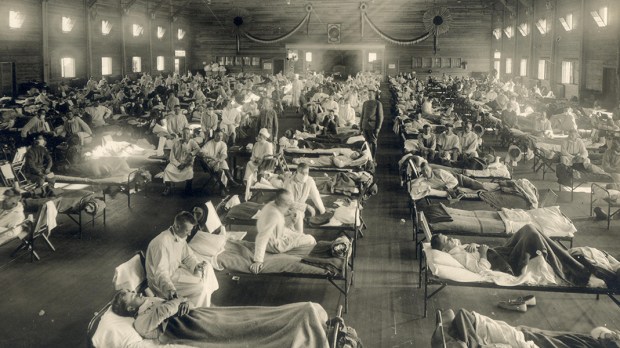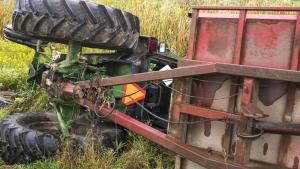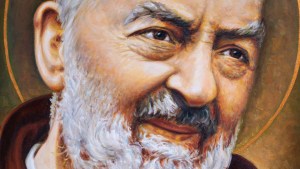While the world continues to trudge through the devastating effects of the COVID-19 coronavirus pandemic – deaths, hospitalizations, and untold economic damage – it can be helpful to look at how the world was plagued by a similar virus and how a saint reacted to it.
Just over 100 years ago, the world was hit by an H1N1 influenza virus commonly referred to as the Spanish influenza.
Lasting from February 1918 to April 1920, it infected some 500 million people worldwide, which was roughly one third of the world’s population at the time.
The death toll is estimated at between 20 million and 50 million, although some experts believe that as many as 100 million died from it. These figures make it one of the deadliest pandemics in human history.
Personal suffering
St. Padre Pio – who had just received the stigmata – was also infected. So were people close to him in San Giovanni Rotondo and Pietrelcina: fellow friars, spiritual sons and daughters, and even his own family members in Pietrelcina.
All of these people – including Padre Pio – experienced a sense of abandonment and suffering.
For his new book, The Pandemic of Padre Pio: Disciple of our Lady of Sorrows, Stefano Campanella researched this period. As director of Tele Radio Padre Pio in San Giovanni Rotondo, Campanella utilized his access to numerous correspondence between Padre Pio and others to reconstruct this little-known period of Padre Pio’s early life.
What becomes immediately clear is how Padre Pio saw the providential work of God throughout the ordeal despite his personal suffering and that of those about him.
In the latter part of 1918, Padre Pio was bedridden between September and December due to the Spanish flu. Though he did not experience the worst effects of the illness, it caused him tremendous suffering as it affected many people close to him.
Many fellow Capuchin friars were either ill or had been drafted into the Italian army and forced to the front lines of World War I.
In fact, Padre Pio’s community of San Giovanni Rotondo was reduced to just three friars as the others were either sick or called to military service.
In a letter to one of his spiritual daughters, Antonietta Vona, dated October 27, Padre Pio wrote:
I am responding to your letter several days late due to my health which leaves much to be desired. I am out of danger, this is true, but I feel very weak and helpless to be able to react. Fiat voluntas Dei [May the Will of God be done].
In another correspondence with Fr. Benedetto Nardella, his spiritual director and provincial minister, his superior asked Padre Pio for his perspective. Pio was already known for his spiritual gifts, and Fr. Benedetto sought him to help interpret the events taking place.
In a letter dated October 19, 1918, Fr. Benedetto asked Padre Pio: “Tell me where we are headed with these scourges? What does the future hold for us? I am afraid in observing how justice is not placated and the sky is becoming increasingly obscure.”
Padre Pio wrote back:
The current scourge, in the ends of God, is to bring man closer to divinity as its main goal. As a secondary and immediate end, then, it is to exonerate the persecutions against the children of God that would follow on the part of the children of this [world], as a just fruit of the present war. Do not fear then that iniquity will come to crush righteousness; but iniquity itself will crush itself, and justice will triumph.
In both of these letters, we see Padre Pio’s abiding faith in God in all circumstances. The saint discerned the Hand of God even during the brutal pandemic that was wreaking havoc around the world.
Bringing good out of evil
Even if God was not the acting, or causative, agent behind the Spanish influenza, Padre Pio saw God using it for “primary and secondary ends”; that is, to bring man closer to Him, to enact divine justice and mercy, and to crush iniquity.
In another article, we will look at how Padre Pio faced suffering personally, in his ministry, and how Our Lady of Sorrows accompanied him in his ministry.
“The Pandemic of Padre Pio” is available on Amazon in English in paperback and ebook.



